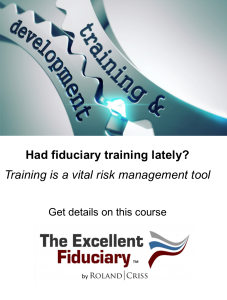 Have you ever been so thirsty on a steamy August day that you drank from a garden hose? Yes, I must admit that I have. I remember falling for this hydration method as a teenager in the midst of my lawn mowing days. It seemed like a good idea at the time, with the temperatures well into the 100s and my mouth feeling as dry as a cotton ball. But after gulping endless amounts of water, my body was unable to process the h2o quickly enough, which led to the worst stomach cramp in the history of stomach cramps.
Have you ever been so thirsty on a steamy August day that you drank from a garden hose? Yes, I must admit that I have. I remember falling for this hydration method as a teenager in the midst of my lawn mowing days. It seemed like a good idea at the time, with the temperatures well into the 100s and my mouth feeling as dry as a cotton ball. But after gulping endless amounts of water, my body was unable to process the h2o quickly enough, which led to the worst stomach cramp in the history of stomach cramps.
“Where am I going with this?” you might ask. Simply put, too much of a good thing can actually lead to a bad thing. For those of you responsible for overseeing the administration of your company’s retirement plan(s), you may have experienced my metaphor of “drinking too much from the garden hose” in the form of retirement plan data and disclosures. While data and disclosures are necessary for monitoring an ERISA plan, in large doses they can create much confusion. Without a guide to interpret and carry the load, it can lead to what many have done, which is to abdicate their duty to their vendors, who, incidentally, do not relieve a Plan Administrator of his or her duty under federal pension law.
It Used to be Easier
In the not-so-distant past, signing a Form 5500 or accepting a final plan audit was an afterthought. Why not? Shouldn’t the public accounting firm, the custodian/directed trustee, and the recordkeeper know more about the plan’s financial transactions and the myriad of disclosures than the Plan Administrator? Is the Plan Administrator really supposed to synthesize the data and understand it?
Whether your life’s greatest passion is reviewing financial disclosures or if, on the other hand, you avoid Excel spreadsheets like the plague, retirement plan filing season in August through October can challenge the mental absorption rate of the savviest statisticians and analysts. Many Plan Administrators admit to us that they loathe reviewing their plan’s audit footnotes, Form 5500 line items, and management representations, not because they are disinterested, but because they lack the tools that are found in a good process within the context of a quality management review.
Here’s How to Simplify the Complex
In an era of growing complexity that includes such developments as the Department of Labor’s intent to broaden the definition of a who is a fiduciary, vendors’ fee disclosures, and enforcement realities, diligent Plan Administrators and their retirement plan committee colleagues are seeking to enhance their oversight and approval procedures. With Roland|Criss’ Fiduciary Governance Risk Management and Compliance (“Fiduciary GRC“) program, clients benefit from our skills and experience as a 3(16) Plan Administrator specialist that lifts their burdens and gives them confident assurance.




